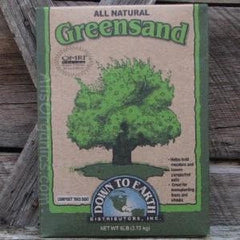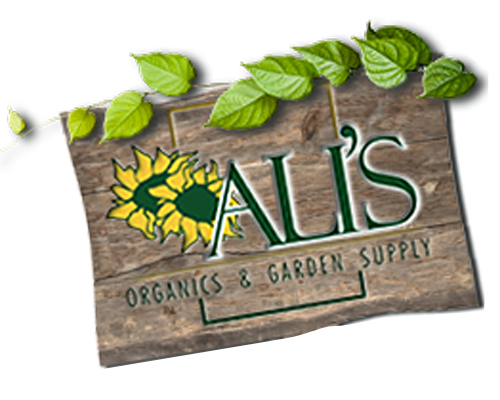Vegetable Plant Nutritional Information
Posted December 03, 2016

When plants are grown in fertile soil, fortified with compost and organic fertilizers, or fresh potting soil, they do not suffer from nutritional problems. However, disorders do arise when a plant variety has particular needs or when too little or too much fertilizer is used. A fertilizer overdose can be remedied by flushing with water. Plants with specific needs like acidic soil or a particular nutritional deficiency require the addition of fertilizer.
To much nitrogen produces dark green foliage, little or no flowers or fruits, and burnt leaf tips. Too little nitrogen makes light green to yellow leaves and slow growth, especially in the lower leaves of older plants. Feather meal and blood meal are both good sources of organic nitrogen.
An excess of phosphorous is rare, yet when it does occur symptoms are similar to an excess of nitrogen. A phosphorous deficiency is revealed by deep green, red or purple leaves, few blooms and fruits, yellowing bottom leaves, and stunted growth. Bone meal, fish bone meal, and bat guano are excellent sources of phosphorous.
Potassium toxicity will create nitrogen, phosphorous and trace mineral imbalances. Potassium deficiency produces very tall plants with weak stems as well as leaf tips and edges turning yellow, then later brown. Greensand is a good choice to add potassium to garden soils. Liquid kelp is one of the best choices for young transplants.
Trace mineral overdoes of calcium and magnesium increase potassium problems. Too little calcium will cause young leaf tips to die back, blossom end rot on tomatoes, short roots, stunted growth, and rotten plant centers. Magnesium defiencies show up in leaf tips turning brown and curling upwards in a hook. Azomite contains many trace minerals.
Plants may reveal problems when the soil pH is off. Soil pH measures whether a soil os acid ar alkaline on a scale of 1 to 14. While most plants prefer a neutral pH of 6.5 to 7.o acid lovers like blueberries enjoy a pH of 4.5 and yet leeks will do fine in a soil with a pH of 8.0. The pH regulates nutrient uptake to plants, and if imbalances will lock up vital nutrients in the soil even if they are in adequate supply. To raise the pH add oyster shell lime or liquid calcium. To lower the pH use langbeinite or powdered sulphur. An abundance of organic matter in the soil will help plants accept a wider range of pH.



Comments (0 Comments)
There are no comments.
Post Comment